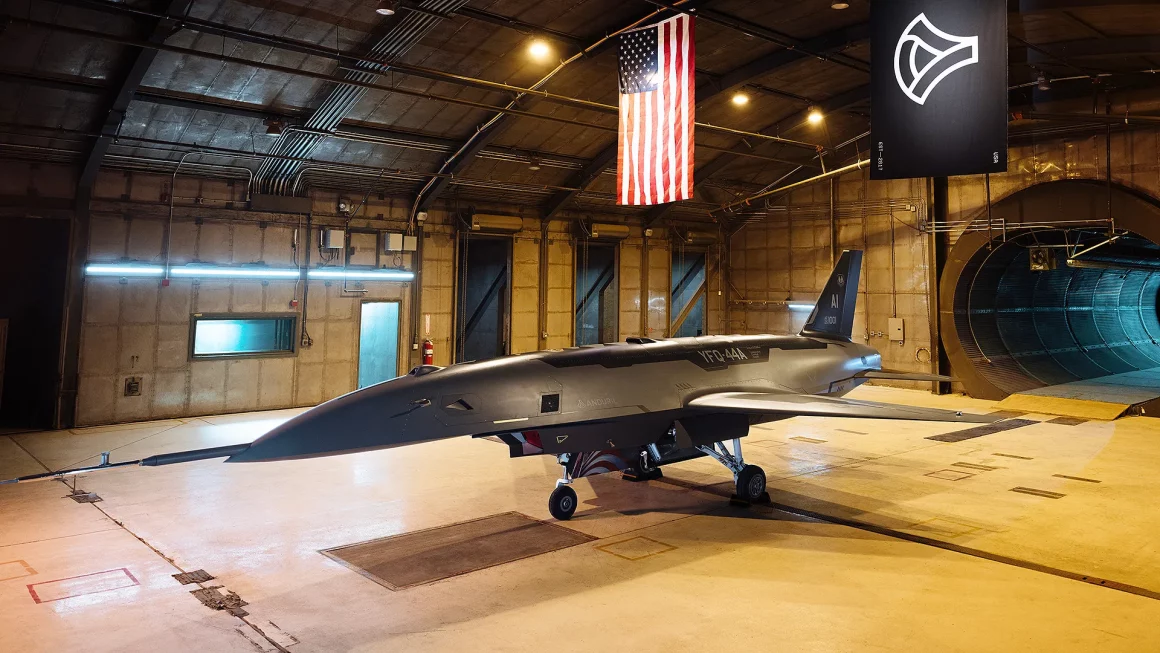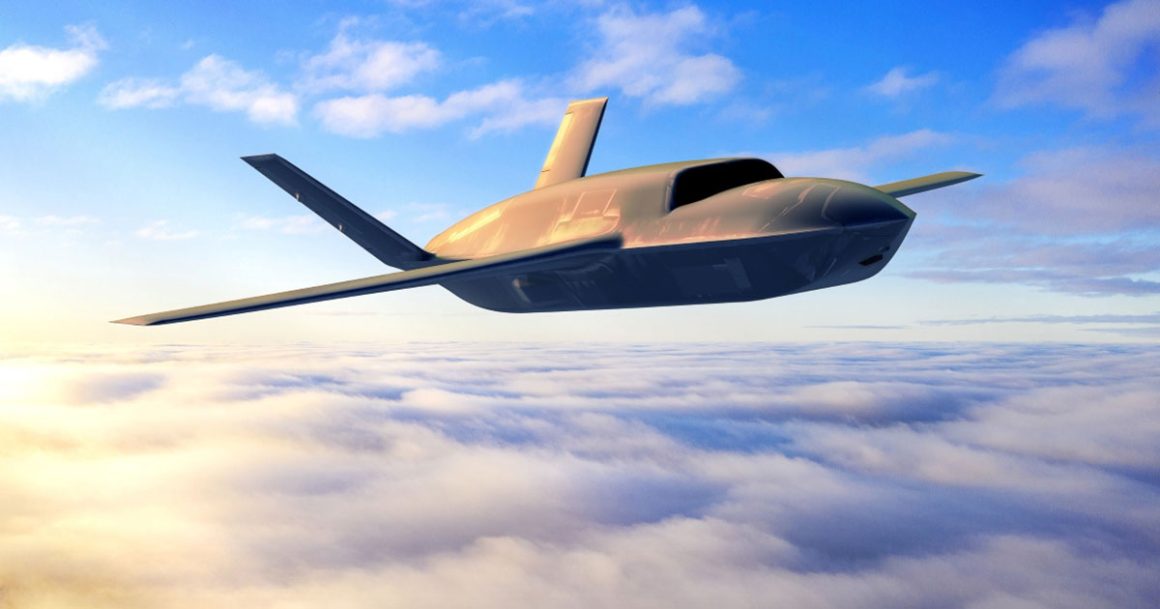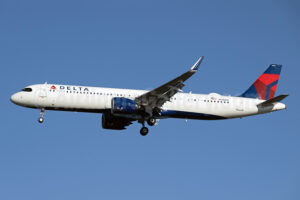The Collaborative Combat Aircraft (CCA) initiative is a crucial component of the U.S. Air Force’s Next Generation Air Dominance (NGAD) program, ensuring the service maintains air superiority into the future.
The basic plan for the CCA is to deploy semi-autonomous aircraft in unmanned-manned teams, along with manned fifth— and sixth-generation fighters. Following a bidding period, the Air Force has chosen Anduril and General Atomics Aeronautical Systems to design, build, and test prototypes for the program.
Collaborative Combat Aircraft to be Cost Effective and Versatile
The broad concept for the CCA is to develop a new type of mostly autonomous unmanned aircraft that is significantly cheaper than piloted fighters. The new collaborative combat aircraft (CCAs) will carry a variety of sensors, weapons, and tactical systems. They will perform missions including intelligence gathering, surveillance and reconnaissance, electronic warfare, and striking targets.

Significant Cost Advantages with CCAs
There are some key reasons for the Collaborative Combat Aircraft program. First, CCAs will cost about one-third the cost of manned fifth—and sixth-generation fighters. Another cost benefit will be due to the CCAs’ flying schedule. Being unmanned, they will not require as many daily sorties as manned aircraft to maintain combat readiness. Also, much of the training for CCAs will occur virtually, resulting in fewer sorties. Maintenance costs will also be lower with fewer flights and less wear and tear.
Tactical and Strategic Advantages of CCAs
These cost advantages will allow the Air Force to acquire a large number of CCAs, which fits well with tactical and strategic plans. For example, China is developing advanced long-range air defense systems that could seriously challenge U.S. aircraft. By deploying large numbers of CCAs in a swarm without direct human supervision, the Air Force could overwhelm enemy defenses.

“You can create mass, and so many targets out in the battlespace that your adversary will have to worry about … is that something that I have to use some munitions on,” said General Kenneth Wilsbach in 2023, then Commander of Pacific Air Forces.
Initial plans are for the Air Force to deploy 1000 CCAs. The mission profile will be to pair two CCAs with advanced fighters. The Air Force called the CCA program “a cost-effective and pragmatic solution to possess a formidable airpower capacity.”
Anduril and General Atomics Aeronautical Systems Building First CCAs
In April 2024, the Air Force selected Anduril and General Atomics Aeronautical Systems to develop the first-generation Combined Combat Aircraft. The Anduril design is the YFQ-44A, and the General Atomics model is the YFQ-42A. The names come from Air Force aircraft designations of “Y” for prototype, “F” for fighter, “Q” for unmanned aircraft, “44” for design number, and “A” for first version.
Anduril Aircraft to Have Stealthy Characteristics
The Anduril YFQ-44A will have components, including passive infrared and infrared search and track (IRST) sensors. Early photographs of the YFQ-44A show stealthy features like an angular shape for the air intake and a trapezoidal-shaped nose landing gear bay door.
“Today, just one year after Anduril was selected to produce production-representative prototypes for the CCA program, the Air Force announced that Anduril’s YFQ-44A has begun ground testing,” said Dr. Jason Levin, senior vice president of Air Dominance & Strike at Anduril.
The Anduril YFQ-44A design, also called the “Fury,” is scheduled to make its first flight this summer (2025).
General Atomics Aeronautical Systems CCA Suited for Combat
The General Atomics Aeronautical Systems YFQ-44A has features that show its suitability for combat missions. These include internal bays that can carry AIM-120 AMRAMM air-to-air missiles and additional payload space for other munitions. It also features stealthy features like a dorsal air intake high on the fuselage, an elongated shape, and V-tails.

The Collaborative Combat Aircraft program will operate, in part, with autonomy control software created by the Defense Advanced Research Projects Agency’s (DARPA’s) Air Combat Evolution (ACE) system. Artificial Intelligence will also be part of the control system for the CCAs.
CCA Receives Significant Funding
The amount of money the Air Force dedicates to the CCA program shows how serious it is about the program. Its preliminary budget request in 2024 was for $490 million to speed up the development and testing of the CCAs. The service has also proposed an additional investment of $6 billion through 2028.
Total
0
Shares
Credit: avgeekery.com









